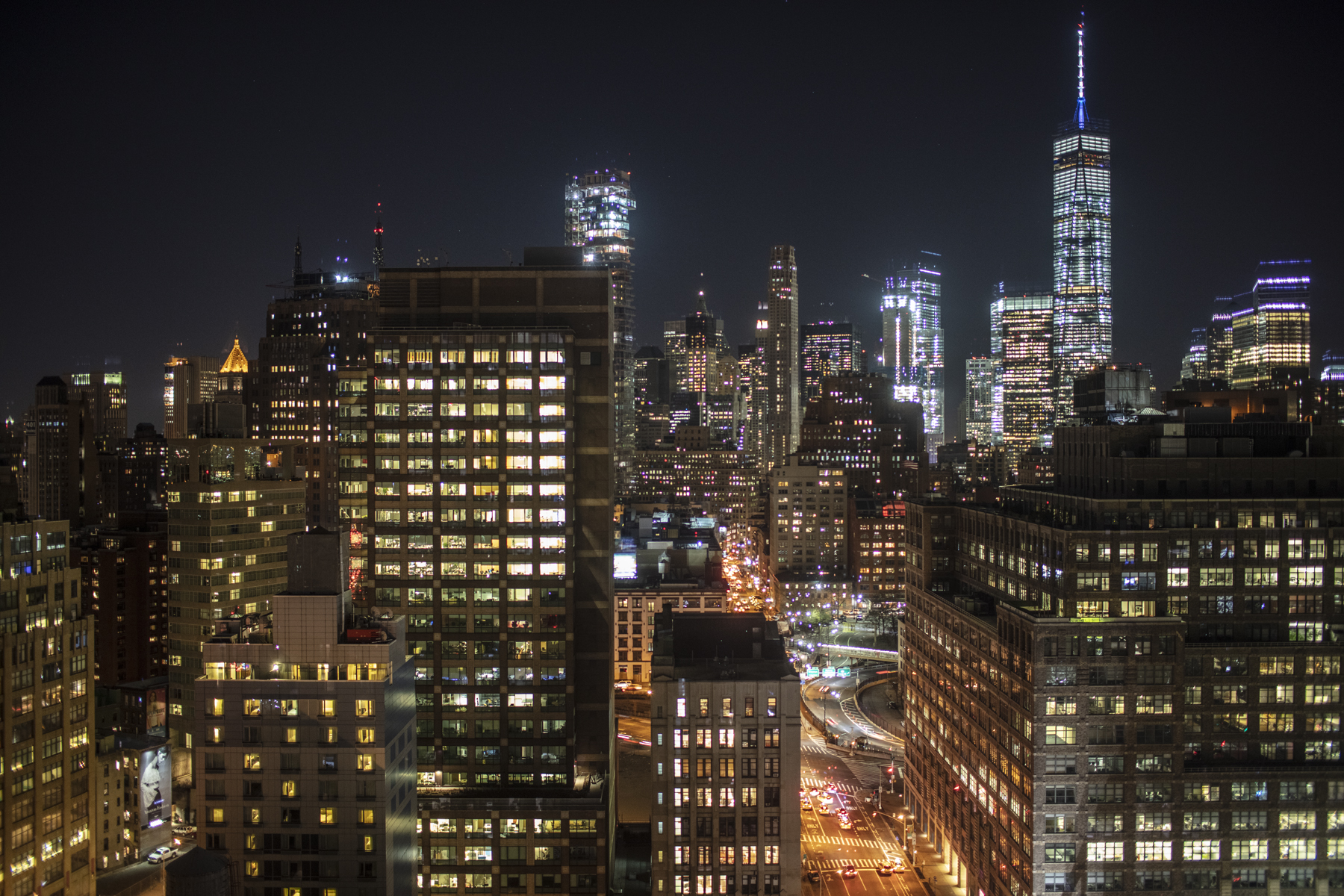How to Take a Better Photograph
In the previous blog post about photography gear, I mentioned camera filters and how they can help with a variety of different situations. In this post, I wanted to explore in depth the different types of camera filters available to photographers. For some photographers, filters are used daily and are extremely important to the end result of an image. While we do have post-processing software to help edit photos, filters are still great to use and can often produce even better results than post-processing. As I’ve previously mentioned, whether you are reducing reflections, enhancing colors, or even just protecting your camera lens from potential damage, filters cover a wide range of needs.
UV Filter
The most common and main purpose of a UV filter is to provide protection to the front of a lens. It is much simpler, not to mention cheaper, to replace a filter than it is to replace a broken lens. It is also a lot easier to clean and maintain. When choosing a UV filter for your camera, make sure you don’t buy a cheap low quality filter. The most important reason to make sure your filter is of a high quality, is so that it does not interfere with the image quality of your lens. Avoiding cheap filters also reduces the possibility of increased lens flare and color tints.
Polarizing Filter
Polarizing Filters are very important for landscape photography. These filters reduce the amount of reflected light captured by the camera and reduce glare and reflection from surfaces. They can reduce contrast and make skies appear darker, which can be good or bad depending on the photography situation. Polarizing filters can also eliminate haze from an image.
Neutral Density Filter
This lens filter is perfect for photographers using long exposure times. Normally, long exposures cause a lot of images to be overexposed which can create problems for photographers. However, this neutral density filter reduces the amount of light let into a picture. Neutral Density filters also blur movement in photos which is perfect for waterfall photography or other situations in which you want the subject to be blurred.
Soft Focus Filter
These particular filters reduce the sharpness of a photo, adding a soft airy feel. Soft Focus filters are most commonly used in taking pictures of people’s faces, because the softness creates a sense of flawless skin. These can also be used in a wide variety of different situations.
B&W Filters
When shooting B&W photos, filters can be a great way to enhance the contrast in your images. Using B&W filters, you can often enhance the colors red, orange, yellow, green, or blue to see how it can add visual interest. B&W filters can also add lots of drama through the additional contrast which can be a fun effect to play around with.
These are only a few of the different types of filters which can be used in photography. I hope this short introduction to filters can help you get started as you practice and experiment with different filters. Even with these descriptions of the filters, it is good to try to figure out for yourself how these filters can enhance your photography. When shooting around Roanoke, I often experiment with different filters at different times of day to see the effects that they have on my images. Sometimes the images come out great, and sometimes the filters are not so helpful. But always try to experiment with the filters to find out how to use them most effectively.


